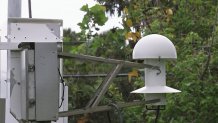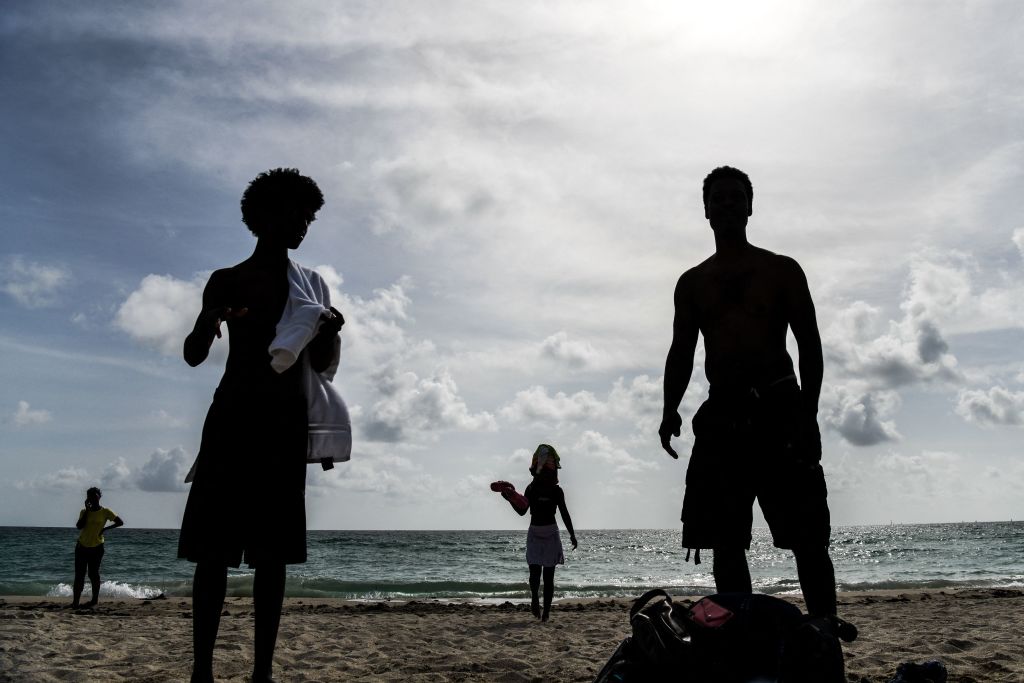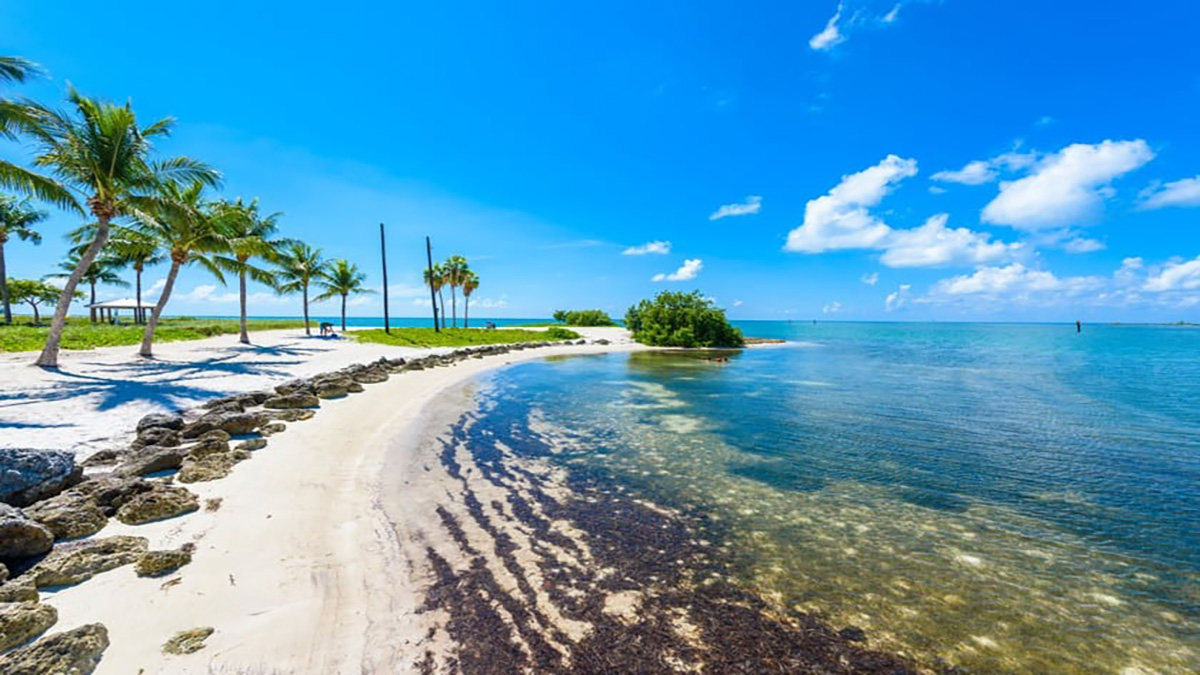The main questions we get from our viewers are "Why is Marathon hotter?" or "Is that even a correct reading?" And the answer is actually yes… and no.
“In terms of records at a location, it's specific to the site — in this case, the Marathon area, one shouldn’t use the temperatures here in Marathon to say what it is or isn’t going to be in Key West. It's all relative to the local area," said Jon Rizzo, the Warning Coordination Meteorologist at the National Weather Service office in Key West.
There are contributing factors that impact the sensor reading, but it’s important to look at all aspects and trends over a long period of time to make an educated conclusion.
For instance, Marathon has hit 99 degrees several times in history. But the sensor at the Marathon Airport was put in place in 1998.
Get South Florida local news, weather forecasts and entertainment stories to your inbox. Sign up for NBC South Florida newsletters.

“The sensors were in different locations and different technology all throughout that period of history by doing something called threading, where we examine the record, look for consistency in the observations, and also spot and remove trends that are relating to the citing, then we can come up with and see what the long-term trends are," Rizzo said.
There are specific criteria that need to be met when it comes to establishing an automated surface observing system site, or ASOS site, like the one in Marathon. That includes being in an open environment, such as a field, away from "obstructions" like trees and tall buildings. But being at the airport, the concrete tarmac does bring an urban heat island effect.
“Noting that even when you have pavement nearby, that gives us a little more indication of what humans feel when they’re walking and going about — we’re not always working and playing on green grass. We actually work and play on concrete and things like that,” Rizzo said.
It’s also not just the afternoon heat that we’re battling. The overnight temperatures are also indicative of the extreme heat wave.
June 17, 1972 had an afternoon high of 99 degrees, but the overnight low was 73. In 1987, when 99 degrees was reached again, the low was 82. This year, twice, the low was 86 on the 99-degree afternoon days. So we can conclude the warming trend is in fact logical and a correct depiction of what is happening in Marathon.
The lack of rainfall throughout the month of July was a factor as well.
"This allowed water temperatures near shore here to become very warm, getting up into the 90s," Rizzo said. "Overnight, the temperature doesn’t cool that much over land unless the winds were perfectly calm, and of course, here in the Keys, there’s always a little bit of a breeze, and so that has allowed for the morning temperature in many cases to start off at perhaps even 87 or 88 degrees, which it did a few times.”
So even if the sensor is off by one or two degrees, the temperature story as a whole is still correct and still shows that this was in fact one of the hottest summers on record for Marathon.
With the construction of the new emergency operations center on the west side of the airport, current plans are to eventually move all of the observation instruments over to that facility.



